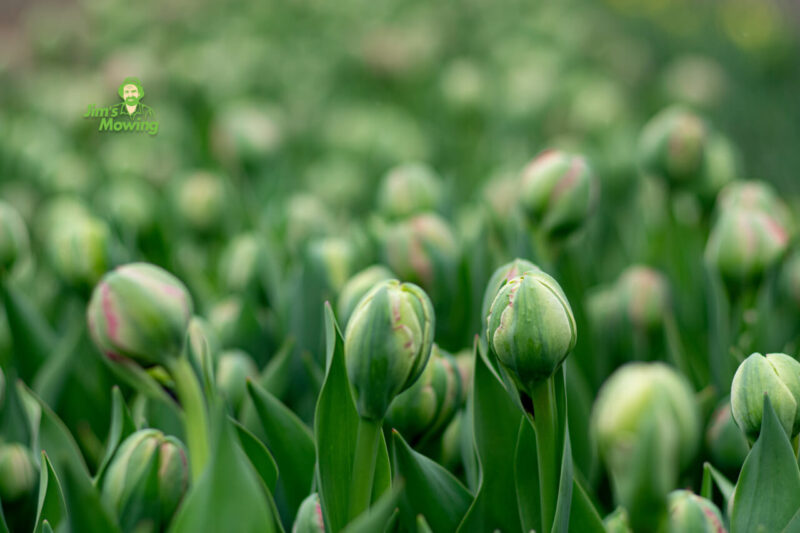How do you use a whipper snipper
Many Australians are well versed in cutting their own lawns, but do you know how to make them look polished with a whipper snipper? Often a daunting task, using a whipper snipper to clean up edges of your lawn can make a huge difference to the overall aesthetic of your lawn.
Handling this tool can be dangerous, so you need to understand the safety measures and procedures to ensure that you get a perfect looking lawn safely. As experienced lawn care experts, we break down what a whipper snipper is, when to use one and how to get that professional finish.

What is a whipper snipper?
A whipper snipper is a gardening tool often used to clean the edges of your lawn to keep them looking fresh.
This motorised garden tool has an elongated shaft, with a cutting edge attached to one end. Within the cutting edge is a section of cord that rotates at a speed fast enough to cut through grass and greenery.
When should you use a whipper snipper?
A whipper snipper is usually used to clean the edges of your lawn to keep your yard looking polished, and can sometimes be used to cut grass or trim bushes and hedges.
It is important to note that a whipper snipper is not intended to cut through anything thicker than grass – such as rocks or pavement. By keeping your whipper snipper close to your grass, and ensuring your space is free of debris will help extend the life of your trimmer.
How do you use a whipper snipper?
Now that you know how using a whipper snipper can benefit your lawn, it is essential to take all safety precautions and understand the process of using a whipper snipper effectively.
Step 1: Set yourself up for success
In order for your whipper snippering to be successful, ensure that you have a clean area and all the essentials. Making sure that there is no debris in your area allows for a safe experience. Having a green waste bag or bin close-by while you work makes this process a whole lot easier and more efficient.
Step 2: Ensure your Safety
Safety should be your first priority when it comes to your whipper snipper. As with any motorised gardening tool, wearing personal protective equipment (PPE) ensures your safety.
We recommend that you wear long pants and closed toe shoes to help prevent injury, as well as safety glasses and gloves to protect you from flying debris. Don’t forget earmuffs to protect your ears from the loud motor.
Step 3: Preparing your whipper snipper
Before operating the equipment, you should first read the provided whipper snipper manual. This will give you important information specific to your whipper snipper.
Next, you need to find the appropriate line for your lawn. A round line is often used for general trimming, whilst a square line is better for edging your lawn. To install the line, refer to the manual’s instructions, and ensure that it is appropriately tightened as to not cause injury.
Step 4: Start your whipper snipper
A very important step – starting your whipper snipper. This process varies depending on if you have a petrol or battery operated tool, so we will guide you through both.
Starting your petrol whipper snipper
Before starting your whipper snipper, check that the tank is full of fresh petrol and the engine is properly lubricated with oil.
After placing the fuel lever on and the choke lever in the full position, check that the spark plug is sitting properly and it is free of debris.
Begin by pulling the cord slowly to get fuel flowing to make starting the whipper snipper smoother. To start the engine, begin pulling the cord rapidly until the engine starts. Keep repeating these two steps until the engine fires, and then let the engine warm up before you start using your whipper snipper.
Starting your battery whipper snipper
Before inserting the battery into your whipper snipper, ensure it is fully charged. Once the charged battery is attached to your whipper snipper, turn it on and adjust the trigger to activate the blade.
Step 5: Safe use of a whipper snipper
Safety is essential throughout the process of using your whipper snipper. This also goes for the spinning configuration of your tool.
Always make sure that the snipper is spinning in the opposite direction of the path you’re following. If you’re moving forward down a path, the trimmer should be spinning in a backwards direction.
Keep your whipper snipper close to the ground to prevent a large amount of flying debris close to your face.
Step 6: Creating clean edges
To create the perfect edges, try to keep your whipper snipper at waist level and move slowly. By slowing your pace, and having your whipper snipper on high speed, you’ll be able to achieve a clean edge.
Likewise, by working inward to your lawn, you will create a straighter line and experience the optimum effectiveness of your whipper snipper.
Step 7: Aftercare & storage
You need to take the proper aftercare and store your whipper snipper correctly. After powering off, let the whipper snipper completely cool and empty the fuel left in the tank to prevent a clogged engine.
Ensure that the blade is locked into proper position, and clean off any grass or debris that is left on the blades or motor. Store your whipper snipper in a dry place out of direct sunlight to keep it at its best.
Want a polished and healthy lawn?
Want to have a clean and healthy looking lawn every time? Jim’s Mowing has you covered with our lawn mowing service. Our friendly and professional team is equipped to make your lawn look its best at great value. Don’t hesitate to contact us today!



